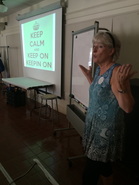
We have survived the first quarter, sent out and received back first report cards, made it to Thanksgiving. And now we have exactly three weeks until Winter Break. Soon after which we will begin our nervous slide into the third quarter and the inevitable test prep season. Well, at least in the upper elementary grades. But, the nervousness is pervasive in a school building. Everyone feels it. Even in kindergarten.
So, join me now in taking a nice, relaxing deep breath. We are in the quiet season between the holidays. I don't mean quiet in terms of activity. I mean quiet in terms of the academic race.
And in our classroom, our ABC's of Kindergarten books are well under way. We are on letter "f". Hmmm. That's a lot of letters left in the alphabet. I'm beginning to wonder how we are going to sustain the excitement all the way to letter "z"! I have struggled every step of the way straddling the instructional line with our kindergartners. Do we lift the level of writing and expect more of these young writers? Or do we settle down and wait until all of them grow into the instruction we have already implemented?
My tendency is to push on. Raise the bar. Move them toward the expectation of multiple words beginning with the letter of the day. How will I know if they can do it if I don't ask them to? On the other hand, some of our writers are just now getting the hang of neatly writing the upper and lowercase letters and writing the word of the day correctly on the handwriting lines. Will adding another layer shut them down?
I don't think so. And, furthermore, their classroom teacher and I firmly believe in scaffolding our instruction, and we are realistic in our expectations of their products. We know that some writers will immediately try any strategy we present, while others will stay steadfast in the level of effort at which they are comfortable.
Where we are starting to need more side-by-side teaching is helping students write their words correctly on the handwriting lines. As the class brainstorms kindergarten words starting with the letter of the day, the teacher or I write them correctly on a handwriting-lined white board. We take considerable time forming the letters and talking about the placement of each of the letters in every word. But, some of the words are long! Or are certainly brand new to these authors' pencils! Their ability to transfer the correct formation of the words from the white board onto their own papers is shaky. This is where we find most of our teaching happening right now.
And, that's as it should be. These are kindergartners, after all. They are supposed to be learning how to form letters and spell words. It's all good!
But, it's okay to invite them to add another word to their page, right?
Below is one of our writers' page for letter "d". His caption.."Mrs. Dunn riding on a dragon."
Raise that bar! Believe that they can do it! If you really do push too far, you will quickly realize it and can step back a bit until more students are ready. But, I will be surprised if many of your writers don't respond just like our author above did and try whatever you teach them.
Lift the level. Model. Use a mentor text. Accept approximations. Take a deep breath and believe :)
#allkidscanwrite

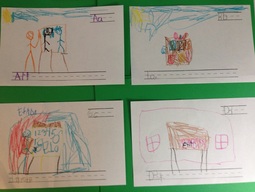
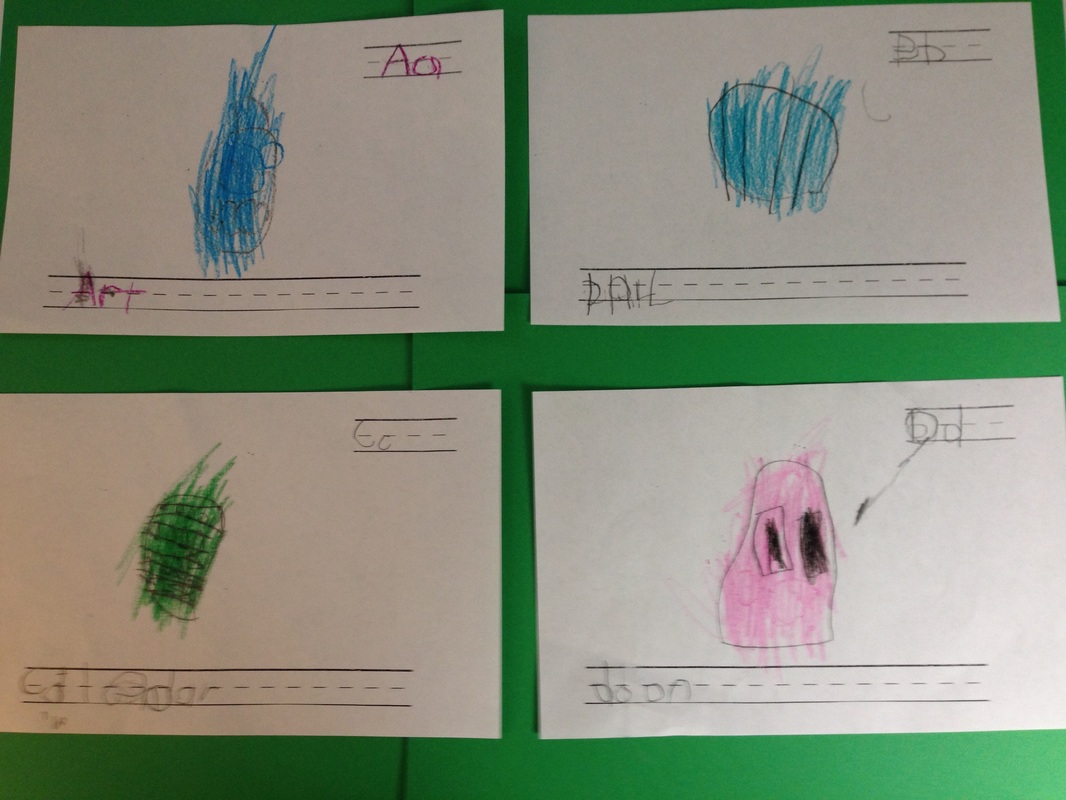
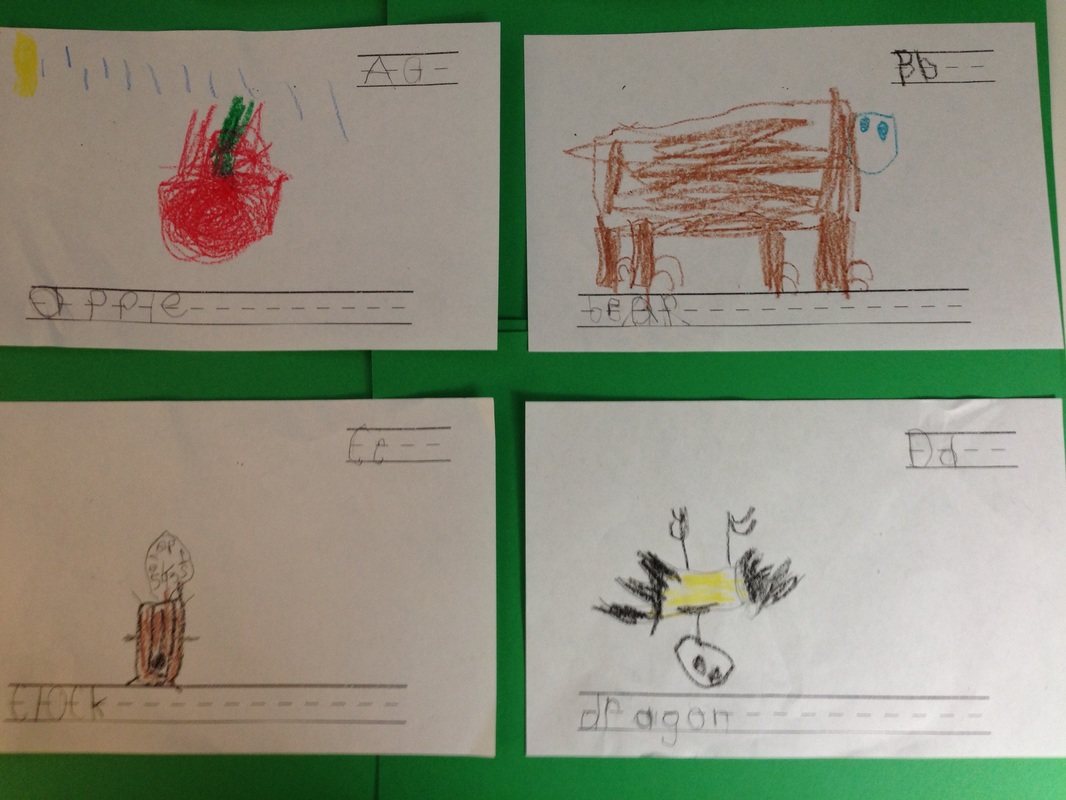

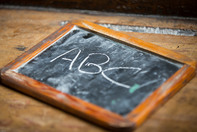
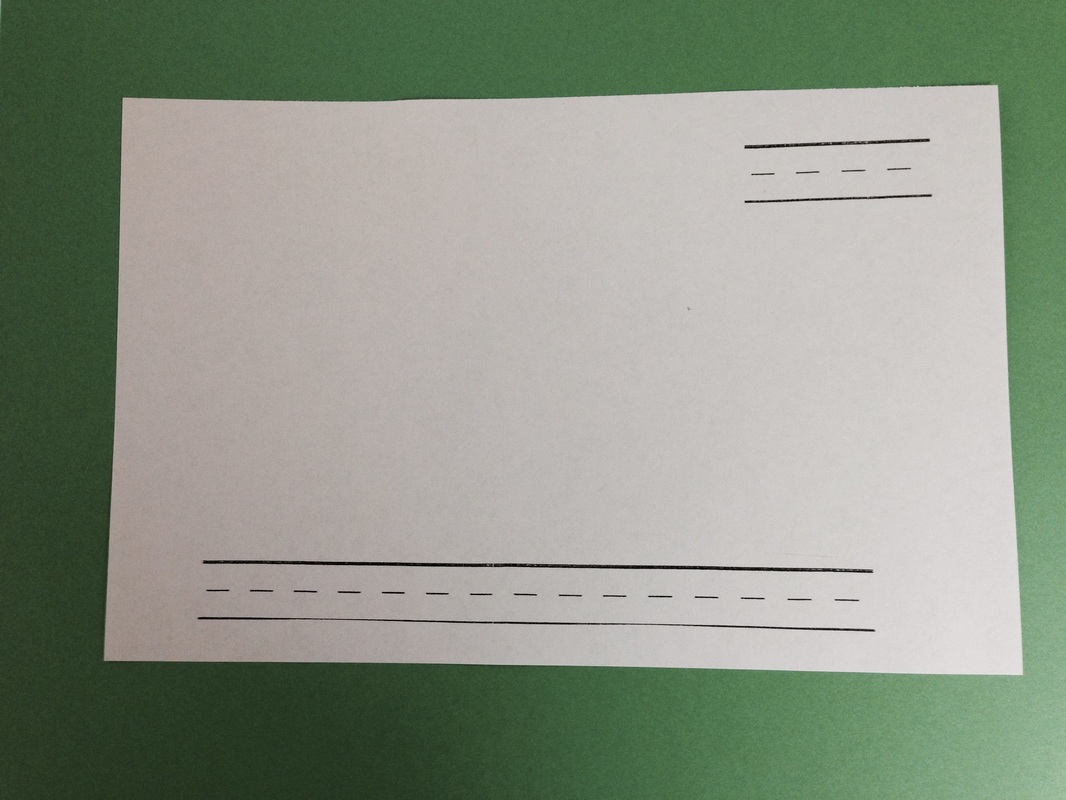
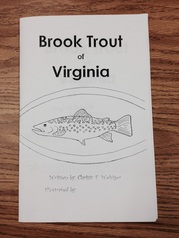
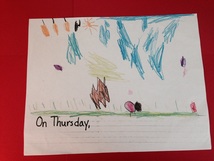
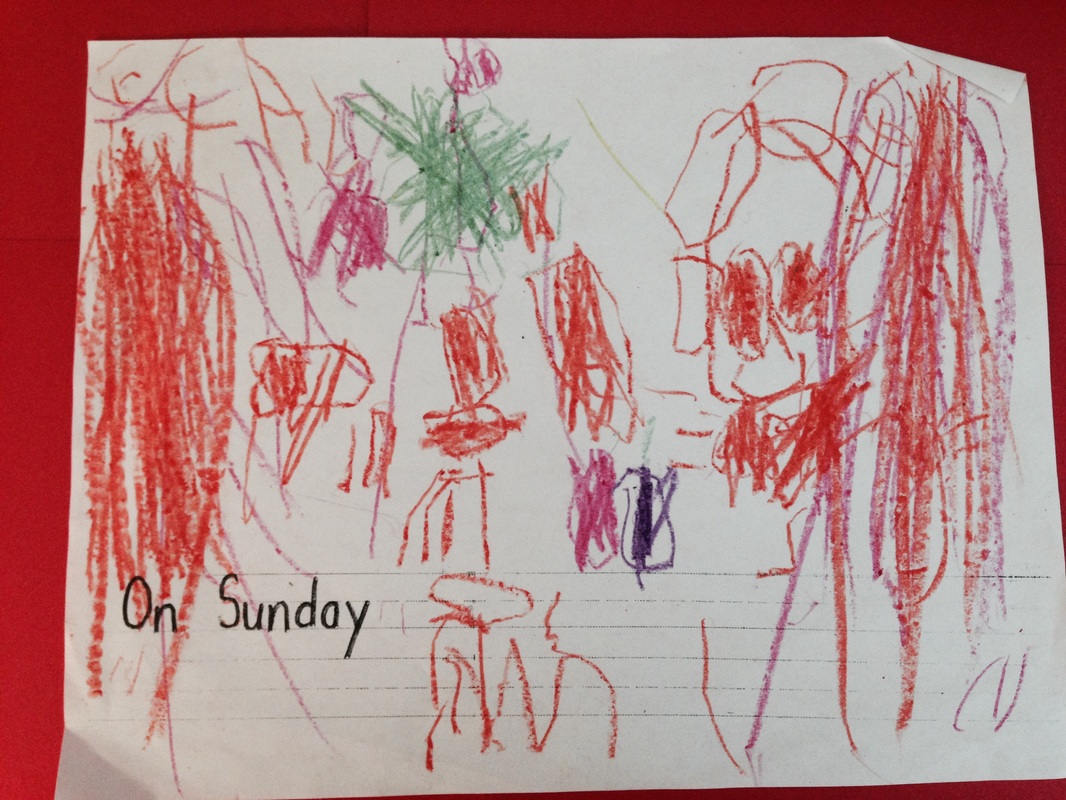

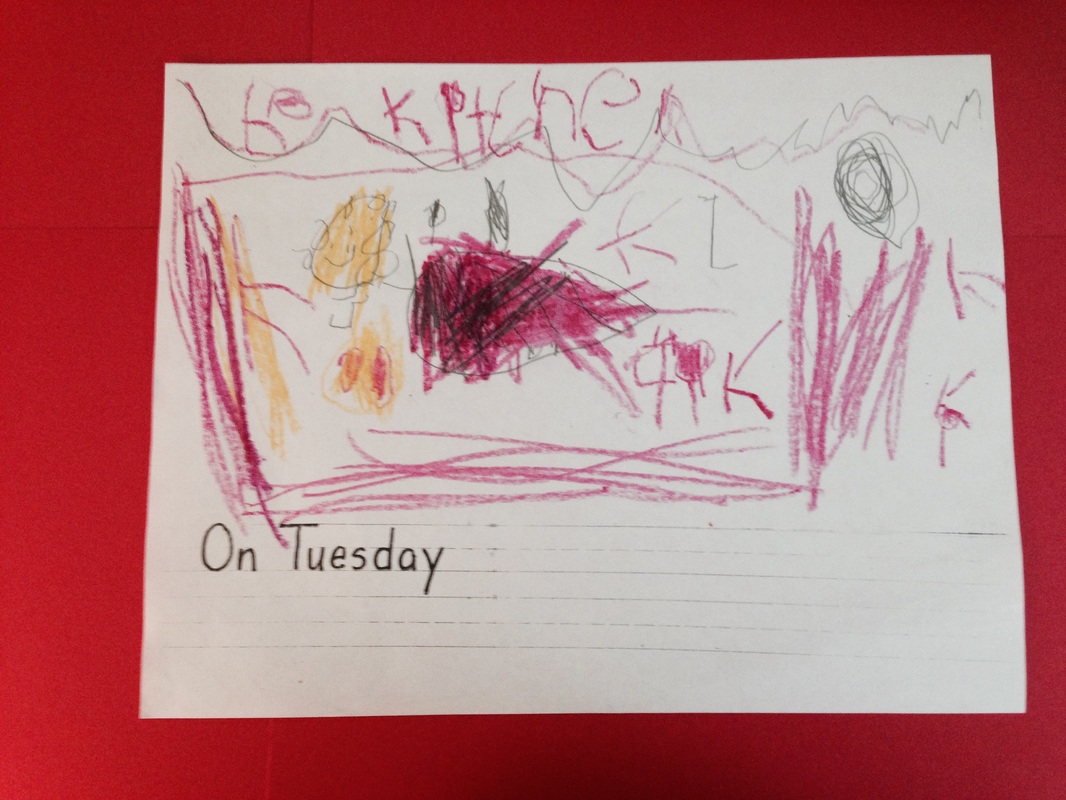
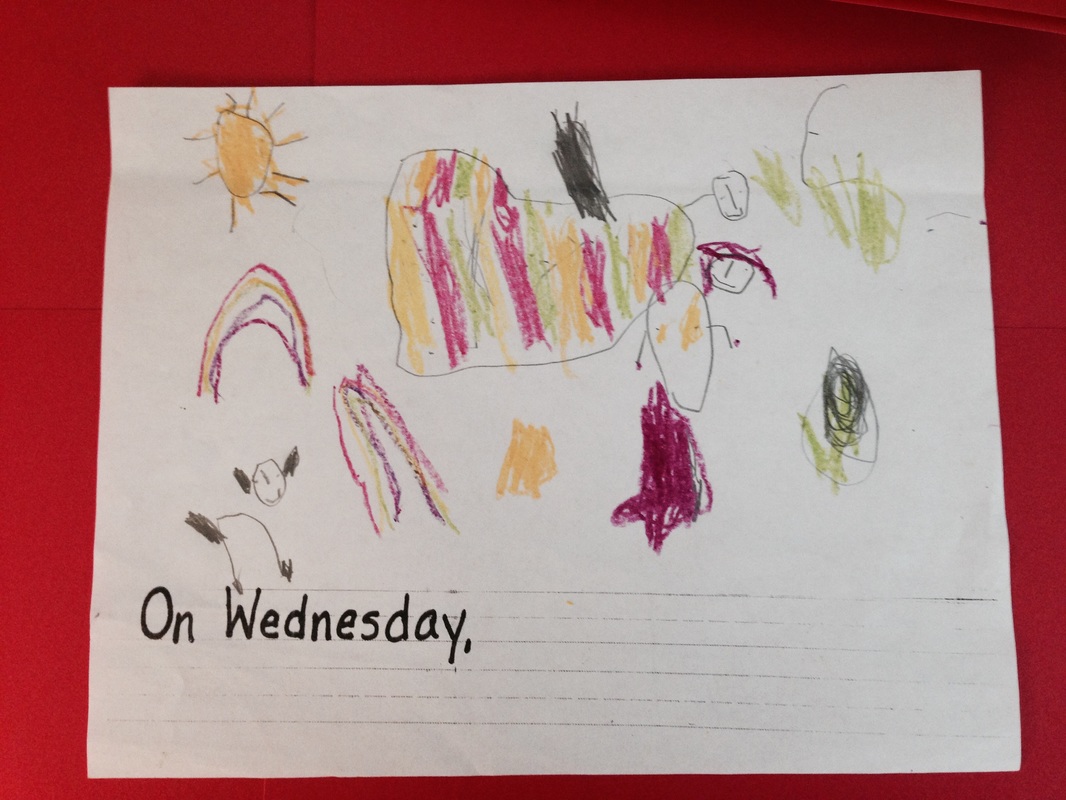
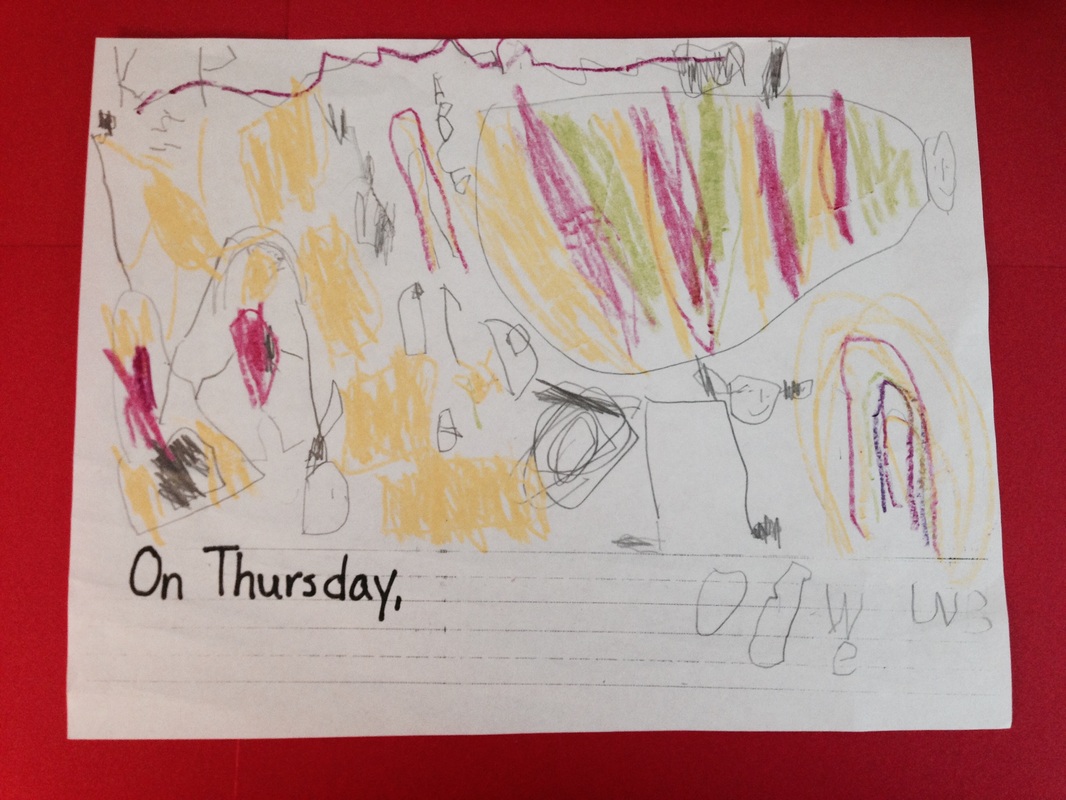
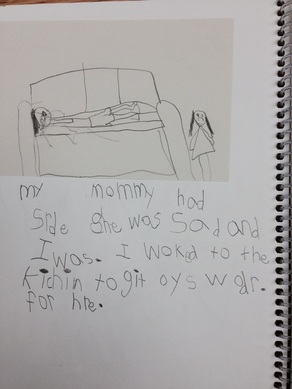
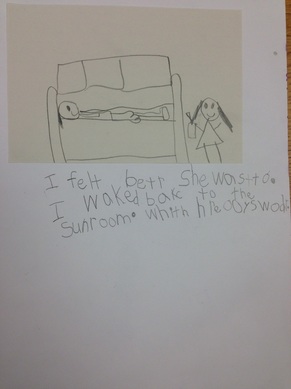
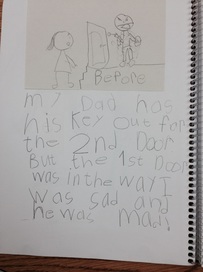
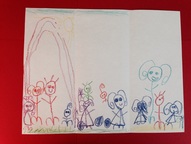

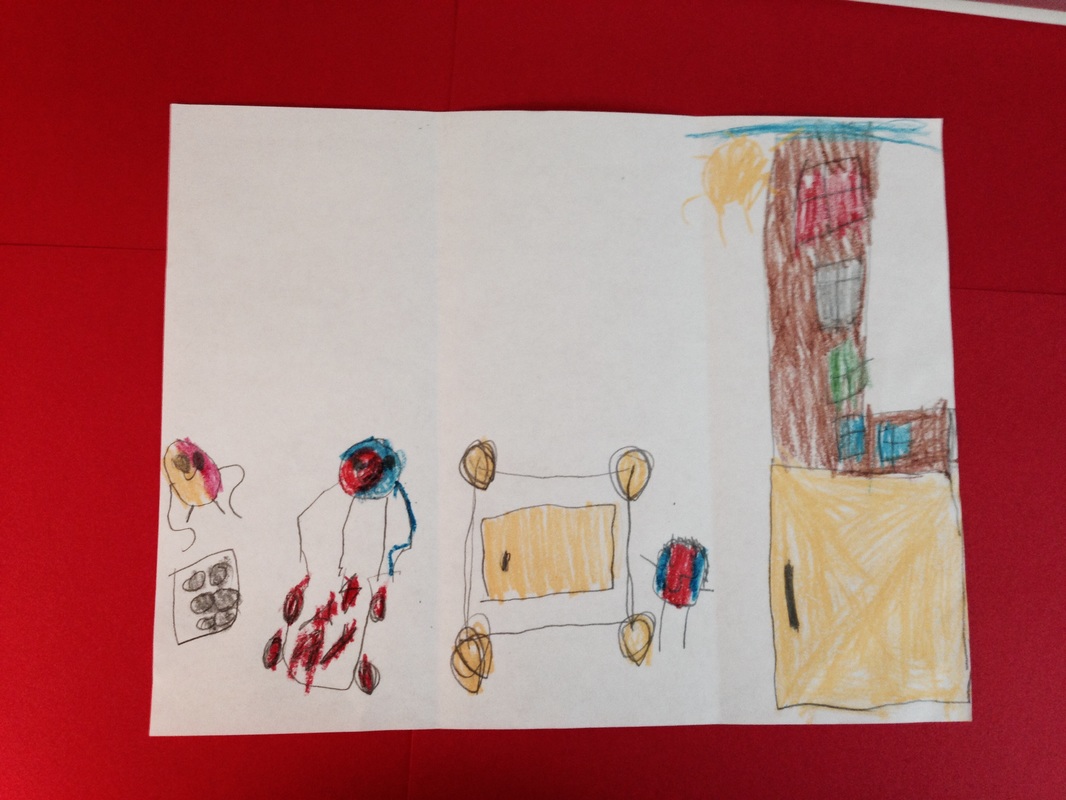
 RSS Feed
RSS Feed
